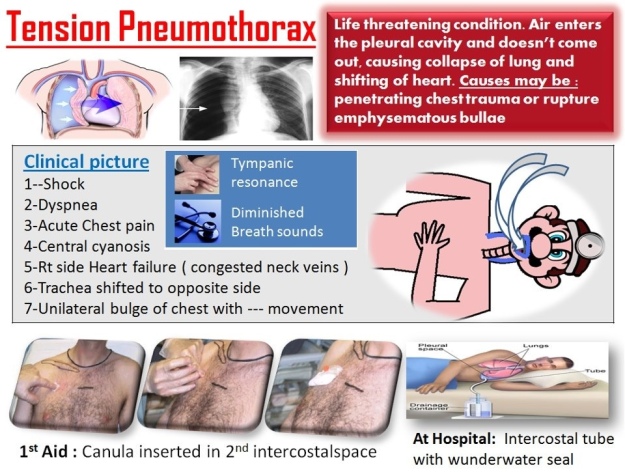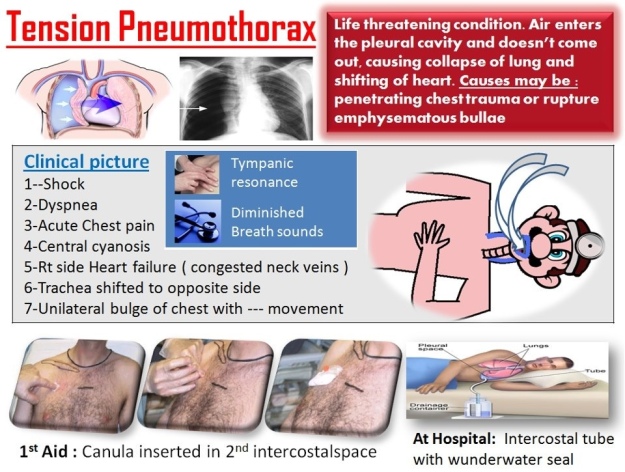Author Archives: INDIAN CLINICAL KNOWLEDGE
CDC: New Recommendations for Treating Gonorrhea
CLINICAL CONTEXT
Gonorrhea trails only chlamydia as the most common notifiable infection in the United States. The treatment recommendations for gonorrhea have changed substantially during the past 5 years. Because of a high rate of antimicrobial resistance, fluoroquinolones are no longer recommended to treat gonorrhea. To treat a potential coinfection with chlamydia, the treatment regimen for gonorrhea should include either a single dose of azithromycin or 1 week of doxycycline, even if testing for Chlamydia trachomatis is negative at the time of treatment.
The mainstays of treatment for gonorrhea have been intramuscular ceftriaxone or oral cefixime. However, there is concern regarding the susceptibility of Neisseria gonorrhoeae to cefixime. The current study and recommendations address this issue in the development of a new treatment recommendation for gonorrhea.
STUDY SYNOPSIS AND PERSPECTIVE
The US Centers for Disease Control and Prevention (CDC) no longer recommends oral cephalosporin treatment for gonococcal infections, according to their updated guidelines, published in the August 10 issue of the Morbidity and Mortality Weekly Report. The new recommendations update the CDC’s 2010 Sexually Transmitted Diseases Treatment Guidelines.
“Infection with N. gonorrhoeae is a major cause of pelvic inflammatory disease, ectopic pregnancy, and infertility, and can facilitate HIV transmission,” write Carlos del Rio, MD, from the Rollins School of Public Health at Emory University in Atlanta, Georgia, and colleagues. “In the United States, gonorrhea is the second most commonly reported notifiable infection, with >300,000 cases reported during 2011. Gonorrhea treatment has been complicated by the ability of N. gonorrhoeae to develop resistance to antimicrobials used for treatment.”
Urethral isolates of N gonorrhoeae collected in the United States during 2006 through 2011 have shown declining susceptibility to cefixime, according to an analysis of data from the CDC’s Gonococcal Isolate Surveillance Project.
Therefore, updated CDC recommendations for treatment of gonorrhea now include the following:
For uncomplicated gonorrhoea of the urogenital tract, rectum, or pharynx, the most reliably effective therapy is a combination regimen of 250 mg intramuscular ceftriaxone and either an oral single dose of azithromycin 1 g or a 7-day course of oral doxycycline 100 mg twice daily.
For first-line therapy of gonococcal infections, the CDC no longer recommends cefixime at any dose.
Patients given cefixime as an alternative agent should be reevaluated in 1 week for a test of cure at the infection site.
Patients with treatment failure, defined as persistent infection after treatment with the recommended combination therapy regimen, should undergo culture of appropriate specimens and antimicrobial susceptibility testing of N gonorrhoeae isolates using disk diffusion, Etest (BioMérieux), or agar dilution. The laboratory should keep the isolate in case further testing is needed.
Within 24 hours of diagnosis, the treating clinician should report cases of treatment failure to the CDC and should obtain treatment advice from an infectious disease specialist, an STD/HIV Prevention Training Center, or the CDC.
Patients with treatment failure should undergo a test of cure 1 week after retreatment.
Patients who have urogenital or rectal gonorrhea but who have severe cephalosporin allergy should receive azithromycin 2 g in a single oral dose plus test of cure in 1 week.
If ceftriaxone is not available, an alternative regimen for uncomplicated gonorrhoea is a single oral dose of 400 mg cefixime plus a single oral dose of azithromycin 1 g or doxycycline 100 mg orally twice daily for 7 days, plus test of cure in 1 week.
Whenever possible, clinicians treating patients with gonorrhea should promptly culture and treat their patient’s sex partners from the preceding 60 days. Heterosexual partners who cannot be promptly evaluated and treated may receive expedited partner therapy with oral cefixime 400 mg and azithromycin 1 g delivered to the partner by the patient, a disease investigation specialist, or via a collaborating pharmacy.
“Treatment of patients with gonorrhea with the most effective therapy will limit the transmission of gonorrhea, prevent complications, and likely will slow emergence of resistance,” the report authors conclude. “However, resistance to cephalosporins, including ceftriaxone, is expected to emerge. Reinvestment in gonorrhea prevention and control is warranted [and new] treatment options for gonorrhea are urgently needed.”
The authors have disclosed no relevant financial relationships.
Morb Mortal Wkly Rep. 2012;61:590-594. Full text
Additional Resources:
New Treatment Guidelines for Gonorrhea: Antibiotic Change
STUDY HIGHLIGHTS
Researchers examined data from an infection surveillance system sponsored by the CDC. This database contains minimum inhibitory concentration data on approximately 6000 isolates of N gonorrhoeae per year.
Decreased susceptibility of N gonorrhoeae to cefixime and ceftriaxone was defined by a minimum inhibitory concentration of 0.5 µg/mL or more. Researchers compared rates of decreased susceptibility to antimicrobials from 2006 to 2011.
The percentage of isolates with decreased susceptibility to cefixime increased from 0.1% in 2006 to 1.5% in 2011. Cities in Hawaii, California, Minnesota, and Oregon had particularly steep increases in rates of resistance to cefixime.
The rates of decreased susceptibility among isolates of men who have sex with men increased from 0.2% in 2006 to 3.8% in 2011.
In contrast, there was little change in the rate of decreased susceptibility to ceftriaxone (from 0% in 2006 to 0.4% in 2011). The biggest increase in this rate was noted in the western United States.
The percentage of N gonorrhoeae with resistance to tetracycline was high (21%) but remained stable during the study period.
The rate of resistance to azithromycin was only 0.2% to 0.3%.
The CDC therefore recommends that gonorrhea be treated with ceftriaxone 250 mg intramuscularly in a single dose, not with cefixime. Ceftriaxone should be combined with azithromycin 1 g once only or doxycycline 100 mg twice daily for 7 days.
In cases of cephalosporin allergies, patients should receive azithromycin 2 g in a single dose, with a test of cure in 1 week.
If cefixime must be used because ceftriaxone is not available, patients should be tested for cure in 1 week.
CLINICAL IMPLICATIONS
The treatment recommendations for gonorrhea have changed substantially during the past 5 years. Fluoroquinolones are no longer recommended to treat gonorrhea. In addition, the treatment regimen for gonorrhea should include either a single dose of azithromycin or 1 week of doxycycline, even if testing for C trachomatis is negative at the time of treatment.
The CDC now recommends that gonorrhea be treated with ceftriaxone 250 mg intramuscularly in a single dose, not with cefixime. Ceftriaxone should be combined with azithromycin 1 g once only or doxycycline 100 mg twice daily for 7 days.
CME TEST
To receive AMA PRA Category 1 Credit™, you must receive a minimum score of 70% on the post-test.
You are seeing a 24-year-old bisexual man for penile discharge and dysuria, and you decide to treat him for presumed gonorrhea. What should you consider regarding the evolution of recommended therapy for gonorrhea during the past 5 years?
Fluoroquinolones are recommended because of better tolerability compared with other antimicrobials
Fluoroquinolones should be used only in areas in which the rate of treatment resistance is low
Concurrent treatment for chlamydia depends on the results of laboratory testing
Treatment should include either azithromycin or doxycycline
According to the current recommendations from the CDC, what is the best treatment option for this patient’s gonorrhea?
Ceftriaxone only
Cefixime only
Ceftriaxone plus azithromycin
Cefixime plus doxycycline

